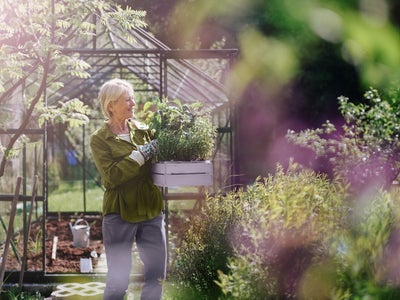Container care: looking after container plants

Caring for container plants can be both rewarding and challenging. Unlike their counterparts in the ground, container plants have limited space in which to grow, and a smaller supply of nutrients Container plants require an extra level of care to ensure they are getting enough water and room for growth. There are a few things to consider when caring for these plants that will dictate the level of care they require. Although these plants will need a bit of extra love, they will be a joy to look at and add colour and variety to your garden.
Shop the Range






